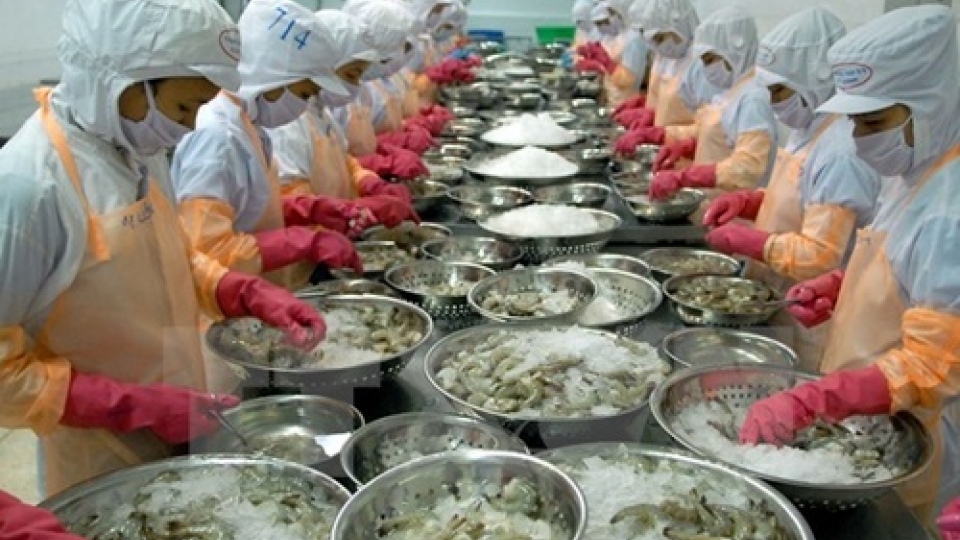The information was sent in reply to the request by the Department of Agro-Forestry and Fishery Quality Management under the Ministry of Agriculture and Rural Development on easing the frequency of intensified inspections on seafood processing facilities who had batches of seafood rejected by Australia.
The department has since inspected the facilities to find out the reasons and acknowledged their measures to fix the problems.
Under the Food Safety and Inspection Service under the Food Standards Australia and New Zealand, food imported to Australia will be divided into two groups of high-risk products and supervisory products, which will have different inspection frequencies applied.
Initially, 100% of high-risky products, including bivalve molluscs, shrimp, tuna, codfish and processed fish, will be inspected. If the following five batches meet requirements, the inspection ratio will drop to 25%, and then to 5% if the next 20 lots pass inspection.
If any lot fails to meet the import requirements, the ratio will return to 100%.
Meanwhile, the supervisory groups, including fish, fresh, frozen, dry and salted fish paste; sardines; salmon, and fish sauces will have an inspection frequency of 5% applied.
However, if any batches are detected to be in violation of the requirements, the frequency will increase to 100%. If the next five lots pass inspection, the ratio will return to 5%.
Australia to intensify inspection of imported seafood from Vietnam
The Australia Department of Agriculture and Water Resources has announced that a reduction of the intensified inspection frequency on Vietnamese seafood will depend on the results of the examination of exporters’ next shipments to the country.
VNA
